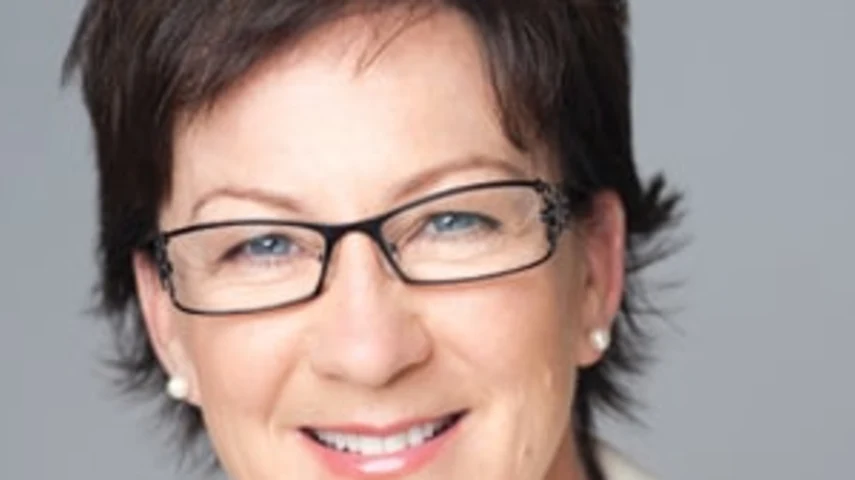SMSF funds set to drop over five years



The overall growth in the number of superannuants looking to establish self-managed super funds is set to drop in the next five years, despite more funds being set up by 30-50 year-olds.
Superannuants looking to set up an SMSF in the next five years dropped from 17.3 per cent to 12.3 per cent, according to a survey by the SMSF Professionals’ Association of Australia (SPAA) and Russell Investments.
SPAA CEO Andrea Slattery said contribution caps and constant legislative changes meant SMSF trustees had under-invested in their future retirement by $16 billion a year for the fourth year in a row.
The 'Intimate with Self Managed Superannuation’ report found that while people over 50 still made up the largest portion of the SMSF pie, there has been growing demand from a younger demographic.
“It is the 41-50 age group that continues to be the largest source of demand, as cited by three-quarters of financial planners. This is followed closely by those in the 31-40 age group, where two out of three advisers are expecting greater demand from them.
“It is this younger demographic that has exhibited strong growth over the past three years. They are interested in the longer term and have a good understanding of the short-term issues versus the longer-term opportunity,” the report says.
'Intimate with Self Managed Superannuation’ is based on two online surveys developed by CoreData. A total of 1267 consumers were interviewed, of which 385 were SMSF trustees.
Recommended for you
The impact of identity theft and its threat to superannuation savings were highlighted in a case that went before the Federal Court at the end of 2023.
A recent NSW Supreme Court decision is an important reminder that while super funds may be subject to restrictive superannuation and tax laws, in essence they are still a trust and subject to equitable and common law claims, says a legal expert.
New research from the University of Adelaide has found SMSFs outperformed APRA funds by more than 4 per cent in 2021–22.
The SMSF Association has made a number of policy recommendations for the superannuation sector in its pre-budget submission to the government.









